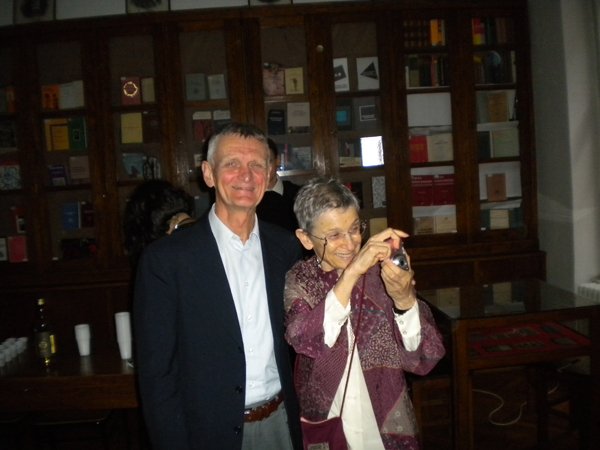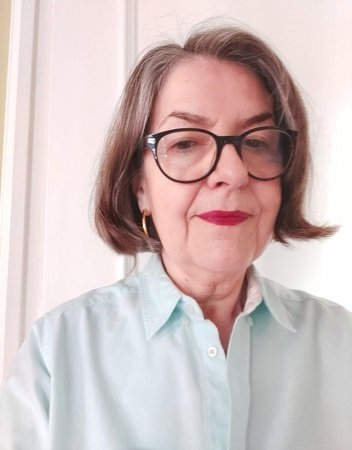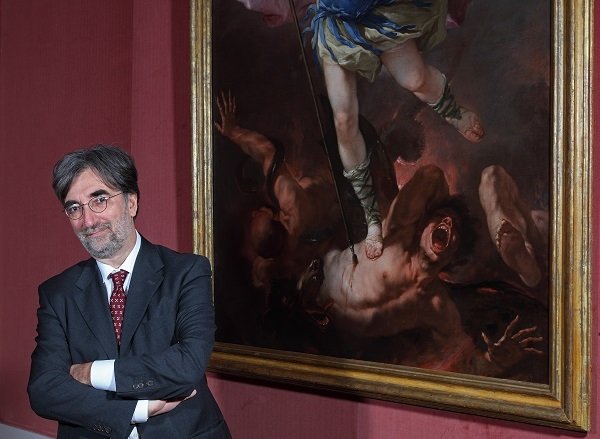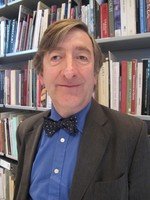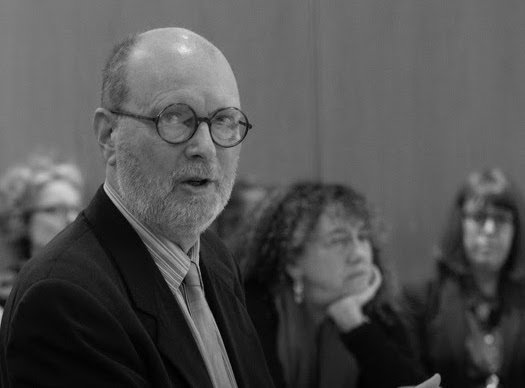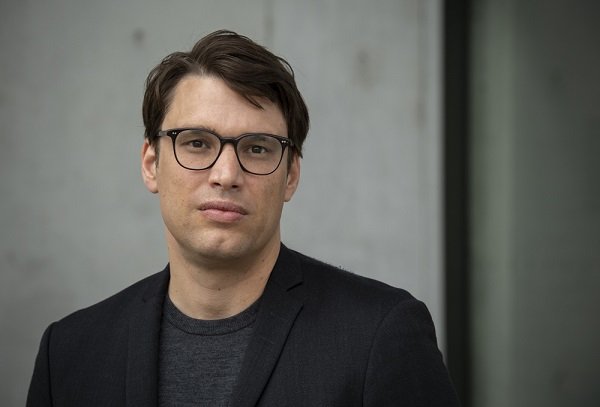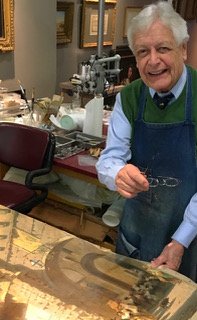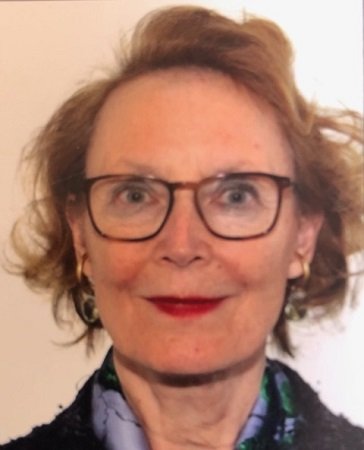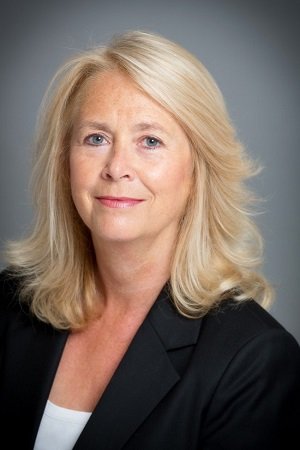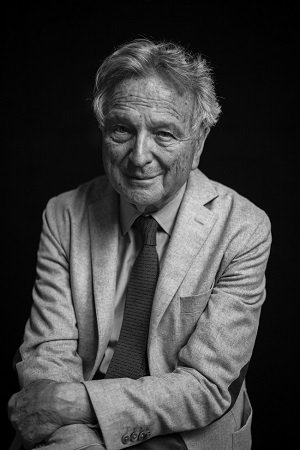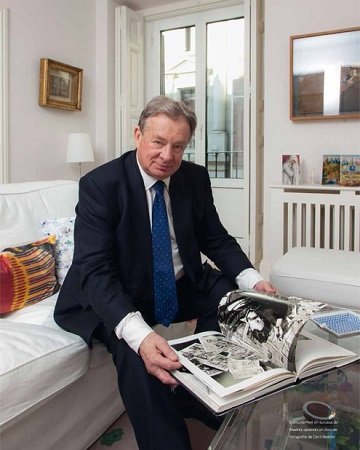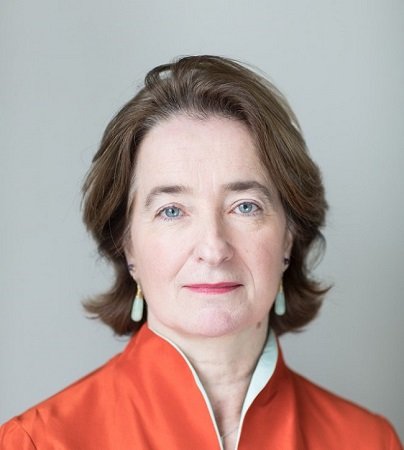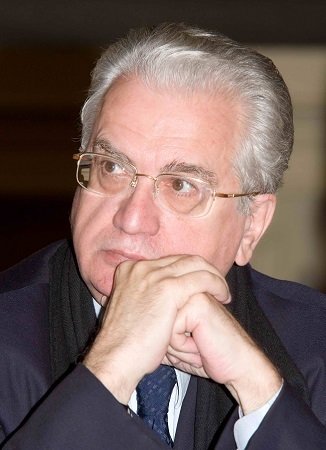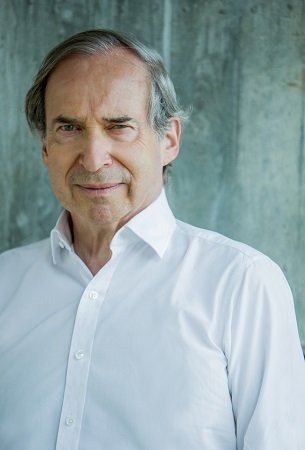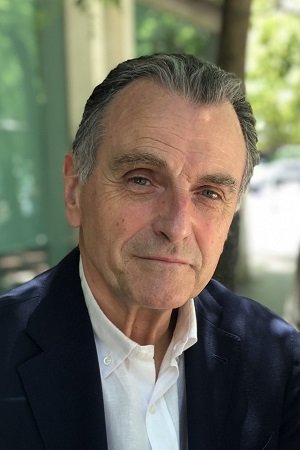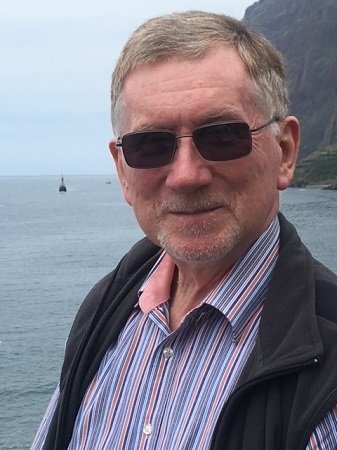Guest speakers
John E. Bowlt
John E. Bowlt is professor emeritus in the Department of Slavic Languages at the University of Southern California, Los Angeles, where he also directs the Institute of Modern Russian Culture.
A specialist in the history of modern Russian art, Dr. Bowlt has written extensively on visual culture, three of his latest books being: Moscow, St. Petersburg: Art and Culture during the Russian Silver Age; the two-volume Masterpieces of Russian Stage Design; and, with Elena Terkel, Léon Bakst’s Literary Legacy.
Dr. Bowlt has also curated or co-curated exhibitions of Russian art, including: A Feast of Wonders: Sergei Diaghilev and the Ballets Russes (Nouveau Musée de Monte Carlo, Monaco, and State Tretiakov Gallery, Moscow, 2009-10); El Cosmos de la vanguardia rusa (Fundacion Botin, Santander, and State Museum of Contemporary Art, Thessaloniki, 2010); and L’avanguardia russa, Siberia e l’Oriente (Palazzo Strozzi, Florence, 2013). He also co-curated the exhibition A Game in Hell devoted to Russia’s role in the First World War (Gallery of Russian Art and Design, London, 2014), and Avant-Garde Theatre: War, Revolution and Design (Victoria & Albert Museum, London, 2014-15). He has also prepared major retrospectives on the work of Léon Bakst (State Pushkin Museum, Moscow, and Nouveau Musée National, Monaco, 2016).
He is the recipient of the Order of Friendship from the Russian Federation for his promotion of Russian culture in the USA (2010); the ASEEES Distinguished Contributions to Slavic, East European and Eurasian Studies Award (2016); and the Golden Pen Award from the United States Institute of Theater Technology (2017). Since 2021 he has also been a member of the board of trustees of the Museum of Russian Impressionism, Moscow.
Lucia Cassol
Lucia Cassol joined Museo Thyssen-Bornemisza, Madrid, in 1992—the year the museum opened—and worked here until the end of 2019. As head registrar, she created the criteria to manage the collection efficiently and safely, and developed the protocols to carry out the work and responsibilities of the Registration Department.
Previously, Lucia Cassol worked for more than ten years at Fondazione Thyssen-Bornemisza, Lugano, as archivist-registrar of the entire Thyssen-Bornemisza Collection. In this position, she co-organised and managed everything related to the operation and logistics of the transfer of the works that are now part of Museo Nacional Thyssen-Bornemisza.
Roberto Contini
Scientific editor of Electa, Milan, between 1986 and 1990, and survey coordinator for Octavo Franco Cantini, Florence, between 1990 and 1993, Roberto Contini also worked as an art historian and curator for Italian National Heritage in Piedmont in 1999-2000.
Since 2000 he has been the curator of later Italian and Spanish painting at the Gemäldegalerie, Staatliche Museen, Berlin, where he has organised or contributed to a series of exhibitions: Caravaggio e i Giustiniani (Rome and Berlin, 2001); Pracht und Pathos: Meisterwerke der Barockmalerei aus dem Palazzo Bianco in Genua (Berlin, 2003-04); “Un San Bastiano che par non li manchi se non il solo respiro”. Paris Bordons Berliner Bild in Kontext (Berlin, 2007); Sebastiano del Piombo 1485-1547 (Rome and Berlin, 2008); Ave Eva: ein wiederentdecktes Hauptwerk des Renaissancemeisters Guillaume de Marcillat (Berlin, 2013-14); “El Siglo de Oro”. Die Ära Velázquez (Berlin and Munich, 2016-17); and Bastianino. Das lebende Kreuz von Ferrara. Die Restaurierung eines vergessenen Altarbildes aus dem 16. Jahrhundert (Berlin, 2021).
In 2002 Roberto Contini published the catalogue for the seventeenth- and eighteenth-century Italian paintings in the Thyssen-Bornemisza Collection. He has curated or co-curated the following exhibitions: Il Seicento Fiorentino (Florence, 1986-87); Artemisia (Florence and Rome 1991); Giovanni Serodine e il contesto romano (Rancate, Ticino, 1993); Pietro da Cortona per la sua terra. Da allievo a maestro (Cortona, 1997); Pietro Ricchi: 1606-1675 (Riva del Garda, 1996-97); Cecco Bravo: pittore senza regola (Florence, 1999); Una gloria europea. Pietro da Cortona a Firenze 1637-1647 (Florence, 2010); Artemisia Gentileschi: storia di una passione (Milan 2011-12); Artemisia. Gloire, pouvoir et passions d´une femme peintre (Paris, 2012); Serodine e brezza caravaggesca sulla "Regione dei laghi" (Rancate, Ticino, 2012-13); and Artemisia: la Musa Clio e gli anni napoletani (Pisa, 2013).
David Ekserdjian
David Ekserdjian is professor of History of Art and Film at the University of Leicester (2004-). He was the Christie’s Fellow at Balliol College, Oxford (1983-86); a lecturer at the Courtauld Institute of Art (1986-87); and the Slade Fellow at Corpus Christi College, Oxford (1987-91). From 1991 to 1997 he worked for Christie’s, and he was editor of Apollo from 1997 to 2004. Between 2017 and 2018 he was the Slade Professor at the University of Oxford. He was a trustee of the National Gallery from 2005 to 2013, and of the Tate from 2008 to 2013, and he is currently a trustee of Sir John Soane’s Museum and of Art UK.
He is the author of Correggio (1997), Parmigianino (2006), Still Life before Still Life (2018), and, most recently, The Italian Renaissance Altarpiece: Between Icon and Narrative (2021), all published by Yale University Press.
David Ekserdjian has organised or co-organised various exhibitions, including: Old Master Paintings from the Thyssen-Bornemisza Collection (Royal Academy, London, 1988); Andrea Mantegna (Royal Academy and the Metropolitan Museum of Art, New York, 1992); Treasures from Budapest: European Masterpieces from Leonardo to Schiele (Royal Academy, 2010); Bronze (Royal Academy, 2012); Wentworth-Fitzwilliam: An English Collection (Calouste Gulbenkian Museum, Lisbon, 2015-16); Correggio e Parmigianino: l’arte a Parma nel ‘500 (Scuderie del Quirinale, Rome, 2016); and Raphael (National Gallery, London, forthcoming 2022).
Ivan Gaskell
Ivan Gaskell was educated at the universities of Oxford, London and Cambridge. Having served on the faculties of the Warburg Institute, Cambridge University and Harvard University, he moved to Bard Graduate Center, New York City, in 2012, where he is professor of Cultural History and Museum Studies.
An interdisciplinary scholar, Gaskell’s research centres on philosophical questions arising from writing history from tangible things. His case studies range from seventeenth-century Dutch and Flemish paintings to Congo textiles; from American Civil War battle flags to Polynesian wood-carvings.
He is the author, co-author or editor of fifteen books, the most recent being: Paintings and the Past: Philosophy, History, Art (2019), and The Oxford Handbook of History and Material Culture (2020, co-edited with Sarah Anne Carter). In 1990 he also published the catalogue raisonné The Thyssen-Bornemisza Collection: Seventeenth-century Dutch and Flemish Painting.
Ivan Gaskell has held fellowships at the University of Buenos Aires, the Clark Art Institute (twice), the Harvard Center for the Study of World Religions, and the Advanced Study Institute of the University of Göttingen, where he was appointed a permanent fellow in 2016.
Johannes Gramlich
Johannes Gramlich has been a research associate for Provenance Research at the Bavarian State Painting Collections, Munich, since July 2016.
Previously, he was a research associate at the Leibniz Institute for Contemporary History, Munich-Berlin (2014-16); a scholarship holder at the Leibniz Institute of European History in Mainz (2013); and a research associate for Modern and Contemporary History at the LMU Munich and the University of Cologne (2010-12).
Gramlich obtained his doctoral degree in Philosophy (Dr. Phil.) at LMU Munich in 2014 with a thesis on the art collections of the Thyssen family, later published as Die Thyssen als Kunstsammler. Investition und symbolisches Kapital (1900-1970) (Paderborn, Ferdinand Schöningh, 2015).
Marco Grassi
Marco Grassi obtained a degree in Arts at Princeton University in 1956. He worked at the Gabinetto del Restauro of the Uffizi, Florence, between 1959-60, at the Istituto Centrale del Restauro, Rome, between 1960-62, and at the Schweitzerisches Institut für Kunstwissenschaft, Zürich, in 1962.
He served as visiting paintings conservator to the Thyssen-Bornemisza Collection in Lugano, Switzerland (1965-92), which included his work as a consultant for conservation executed with Baron Thyssen’s sponsorship of frescoes by Fra Angelico and his school in the Cloister of San Marco, Florence. He also had a private fine arts conservation practice in Florence (1962-71), collaborated with Uffizi personnel and other international volunteers in conservation emergency relief after floods in Florence (1966), and ran a private painting conservation practice in New York, serving both institutional and private clients. Since 2002, he has been dedicated to his private fine arts conservation practice while simultaneously collaborating, as a partner, with his son Matteo at the Paris-based “Grassi Studio”, dealers in European old master paintings.
Marco Grassi has conducted courses on “Problems in Conservation” (New School for Social Research, New York, 1996-97), and “Elements of Fine Art Conservation” (New York University, 1998-99). He has also published articles such as “Reflections on Taste” (2004), “The Metropolitan’s Duccio” (2005), and “The Thyssen Years in Castagnola” (2008), most of them included in his book In the Kitchen of Art (2021). Grassi is the recipient of the following titles: Commander of the Order of Merit of the Republic of Italia; Knight of the Sovereign Military Order of Malta; Knight Grand Cross of the Order of Saints Maurice and Lazarus; and Grand Officer of the Civil Order of Merit at the Royal House of Savoy.
Elisabeth Hauff
Elisabeth Hauff was born in Copenhagen, Denmark and now lives and works in Stuttgart and Berlin, Germany.
After obtaining her Bachelor in Art History from the University of Copenhagen, she did the one-year "Works of Art" Course at Sotheby's in London in 1977. She was subsequently appointed to a junior specialist position there in the Nineteenth-Century Paintings and Drawings Department and then held the same position at Sotheby's in New York before moving to Paris in 1982 to take up a position at Nordstern Fine Art Insurance, which involved working closely with major private collections.
In 1986, Hauff joined the Thyssen-Bornemisza Collection curatorial team at Villa Favorita in Lugano, Switzerland. Until the end of 1995, she co-curated interesting exhibitions both from the Thyssen-Bornemisza Collection and from top-quality institutions worldwide. The highlight of her career was the exhibition Pages of Perfection. Islamic Paintings and Calligraphy from the Russian Academy of Sciences, St. Petersburg, which was also shown at the Metropolitan Museum, New York and Musée du Petit Palais, Paris.
In 1995 she returned to the auction world working as vice president of Christie's, Geneva, and in 2002 she joined her husband and the contemporary art scene at Galerie Reinhard Hauff in Stuttgart. She has been particularly active in curating group shows, most notably the Living With Art trilogy; 5 billion solar years; I don’t care; Body; Code Breakers; Carpetbaggers; MAD AS HELL. Decades of Protest; and “Old” Masters. She also manages various private collections, totalling several thousand works.
Nicoletta Misler
Nicoletta Misler worked as a professor of Russian and East European Art at the Università di Napoli "L' Orientale", Italy, until her recent retirement. She is a specialist in the visual culture of Russian Modernism and her academic interests range from the artists of the avant-garde such as Kazimir Malevich, Pavel Filonov and Vassily Kandinsky to the philosophers of the time, especially Pavel Florensky (her book on his spatial concepts appeared as Beyond Vision: Essays on the Perception of Art in 2002). Among her studies of modern Russian art are monographs on Filonov, Francisco Infante, Solomon Nikritin, Aleksandr Ponomarev and Kandinsky. She has also written extensively on Soviet architects such as Yakov Chernikhov and Ivan Leonidov.
In addition, Dr. Misler has curated or co-curated numerous museum exhibitions including: Kazimir Malevic (Palazzo Medici Riccardi, Florence, 1993); Kandinsky tra Oriente e Occidente (Palazzo Strozzi, Florence, 1993); and Marc Chagall. Les années russes, 1907-1922 (Musée d'Art Moderne de la Ville de Paris, 1995). She has also served as an academic consultant for exhibitions such as Filonov und seine Schule (Städtische Kunsthalle, Düsseldorf, 1990) and Pavel Filonov. Seer of the Invisible (State Russian Museum, St. Petersburg, 2006).
Currently, Dr. Misler’s principal avenue of enquiry is the evolution of free dance in early Soviet Russia, and in this regard she has organised major exhibitions in Rome (In principio era il corpo...L'Arte del movimento a Mosca negli anni '20, Acquario Romano, 1999) and Moscow (Bakhrushin Museum, 2000). She has also recently published a major study of the art of movement in Russia under the title The Art of Movement in Russia 1920-1930 (2017).
The recipient of international fellowships, Dr. Misler has conducted much of her research in the Netherlands, Japan, Russia and the USA, and she has been a visiting scholar at universities in Australia, Israel and the USA.
Susan Moore
An art historian, art critic and saleroom correspondent, Susan Moore has written columns for the Financial Times, the Spectator and the London Evening Standard, and she is associate editor of Apollo. She founded the not-for-profit Slow Art Workshop in 2017 and is currently writing a biography of the collector Baron Hans Heinrich Thyssen-Bornemisza.
Rafael Moneo
Rafael Moneo was born in Tudela (Navarre) in 1937. He obtained his architectural degree at the Escuela Técnica Superior in Madrid, graduating in 1961. He worked as a student with Oíza and later with Utzon in 1962. He was a fellow at the Spanish Academy in Rome from 1963-65. He has taught at the Madrid and Barcelona schools of architecture and was chairman of the Harvard Graduate School of Design, where he is currently the emeritus Sert professor of Architecture.
The author of the Museum of Roman Art in Mérida, the Kursaal in San Sebastián, the Cathedral in Los Angeles and the Prado Museum Enlargement, he combines his activity as an architect with his work as a teacher and critic.
Rafael Moneo's writings have been published in numerous professional magazines and the presentation of his work through exhibitions and conferences has taken him to institutions on both sides of the Atlantic. His book Theoretical Anxiety and Design Strategies in the Work of Eight Contemporary Architects has been translated into eight languages, while Apuntes sobre 21 obras (Gustavo Gili) / Remarks on 21 works (Monacelli) has sold out all its editions.
Rafael Moneo has received numerous distinctions, including the Pritzker Prize for Architecture in 1996, the RIBA Gold Medal in 2003, the Prince of Asturias Award for the Arts in 2012, the National Architecture Prize in 2015, the Praemium Imperiale de la Japan Art Association in 2017 and the Golden Lion of the Venice Biennale in 2021.
Edmund Peel
Edmund Peel was chairman of Aproarte, the Spanish National Federation of Associations of Antique Dealers, Art Galleries, Auctioneers and Plastic Artists, between 1981 and 1989, during which time Spain’s Historical Heritage Act was amended and approved and the luxury tax on works of art was abolished.
He was the curator of the exhibition Joaquín Sorolla (IBM Gallery of Art, New York; St. Louis Museum of Art, San Louis; San Diego Museum of Art, San Diego; and IVAM, Institut Valencià d'Art Modern, 1989-90), and the director of the artistic heritage summer courses of the Complutense University of Madrid in El Escorial (1992).
During the course of his career, he has given numerous lectures and written articles on art market issues and the related legislation. Currently, he is director of Peel & de Paz Asesores, Ltd.
Maria de Peverelli
Maria de Peverelli is the former gallery director of Fondazione Thyssen-Bornemisza in Lugano and has worked with private collectors, museums and foundations both in Europe and in the United States for over twenty years.
She has also organised exhibitions for the Museum of Applied Arts in Frankfurt, founded the cultural association Citta’ Nascosta in Florence, taught museum management at the University of Genoa and currently sits on the advisory board of Fondazione Palazzo Strozzi in Florence. She is also a trustee of Yorkshire Sculpture Park and has recently taken over the curatorial responsibilities at Holkham Hall, Norfolk.
In 2005 she and Georg von Segesser co-founded OmniArte, a boutique art consultancy practice offering services to private collectors, foundations and trusts. Following the acquisition of OmniArte by Stonehage Fleming in 2017, Maria de Peverelli has joined Stonehage Fleming as a partner and the executive chair of the company’s art mangement division.
Mikhail Piotrovskiy
Mikhail Borisovich Piotrovsky is the general director of the State Hermitage Museum, a historian and Orientalist scholar, doctor of historical sciences, full member of the Russian Academy of Arts and the Russian Academy of Sciences, and professor of St. Petersburg State University. He is a renowned scholar of Arabic and Islamic history, the author of more than 300 research papers and dean of the Department of Oriental Studies of St. Petersburg State University.
The director of the Hermitage since 1992, he conceived and implemented the Great Hermitage Development Programme that secure the global role of the museum and ensured the accessibility of the collections and traditions of the Hermitage through a complex network of open repositories and satellite centres and the appreciation of the museum as a public forum.
Mikhail Borisovich Piotrovsky has published a series of books about the Hermitage, including My Hermitage, No Taboo for Museums, and From the Scythians to Kiefer. He is the presenter of over 300 authorial TV programmes about the museum; the founder and head of the Chair of Museum Affairs at St. Petersburg State University; and the founder and president of the Union of Museums of Russia.
He is also a member of the Presidential Council for Culture and Art; chairman of the board of trustees of the European University in St. Petersburg; honoured citizen of St. Petersburg; president of the Worldwide Club of Petersburgers; and the recipient of the State Prize and the Prize of the President of the Russian Federation.
He has been awarded many Russian and foreign distinctions, and has been elected a foreign member of the Academy of Inscriptions and Belles-Lettres of the Institute of France; the American Academy of Sciences and Arts; and the Academy of Sciences of Armenia.
Simon de Pury
Auctioneer, art dealer, curator, photographer and dj, Simon de Pury is one of the leading figures in the art world. Renowned for his legendary performance on the auction podium, which have earned him the moniker “the Mick Jagger of auctions”, de Pury has auctioned and secured some of the most legendary art collections.
Moreover, as an active charity auctioneer, it is estimated that de Pury has raised several billion dollars for a number of charities and cultural institutions over the course of his career.
As a mentor and curator, de Pury has been instrumental in championing the careers of many contemporary artists, photographers and designers, and has been the subject of and featured in several documentaries and films, including the BBC documentary The Man with the Golden Gavel.
Simon de Pury was the curator of the Thyssen-Bornemisza Collection in Lugano between 1979 and 1986, a position he discusses in his memoirs The Auctioneer: Adventures in the Art Trade (2016).
Miguel Satrústegui
Miguel Satrústegui graduated in Law and Business Sciences from ICADE, E-3, and received a doctorate in Law from the Complutense University in Madrid. He carried out postgraduate studies at the College of Europe in Bruges, where he obtained the Certificate of European Studies (legal specialty) in 1974, and at the European University Institute in Florence, where he was a researcher between 1979 and 1981.
He held various positions in the Ministry of Culture between 1984 and 1989 (general technical secretary, general director of fine arts and archives, and undersecretary), and in Grupo Prisa between 1992 and 2009 (general director of coordination, general secretary and secretary of the board of directors of Sogecable, Ltd., and then Promotora de Informaciones, S.A.).
He was a professor of Constitutional Law at Universidad Carlos III in Madrid, where he also occupied the post of vice-rector for culture and communication (2012-15). He is currently an honorary professor of that university.
Satrústegui is chairman of the board of trustees of Fundación Politeia and a member of the board of trustees of the Prado Museum, and he also sits on the board of trustees of the Carlos de Amberes, Professor Uría and Felipe González foundations.
Peter Vergo
Peter Vergo was the professor and head of the Department of Art History and Theory at the University of Essex (UK) until his retirement in 2010. He is now an emeritus professor.
He has written extensively about modern German and Austrian painting and about the relationship between the visual arts and music. He curated the exhibition Expressionism: Masterpieces from the Thyssen-Bornemisza Collection, first shown at Villa Favorita, in Lugano (1989). The show subsequently travelled to the National Gallery of Art, Washington D.C., the Kimbell Art Museum, Forth Worth, Texas, the Fine Arts Museums of San Francisco and Palazzo Ruspoli, Rome.
In 1992 he published The Thyssen-Bornemisza Collection: Twentieth-Century German Painting, a complete catalogue raisonné of over one hundred modern German and other related paintings in the collection. In April 2003 he also gave a public lecture on “Kandinsky and synaesthesia” at Museo Thyssen-Bornemisza, Madrid as part of a symposium held to accompany the ground-breaking exhibition Analogias musicales: Kandinsky y sus contemporáneos.

